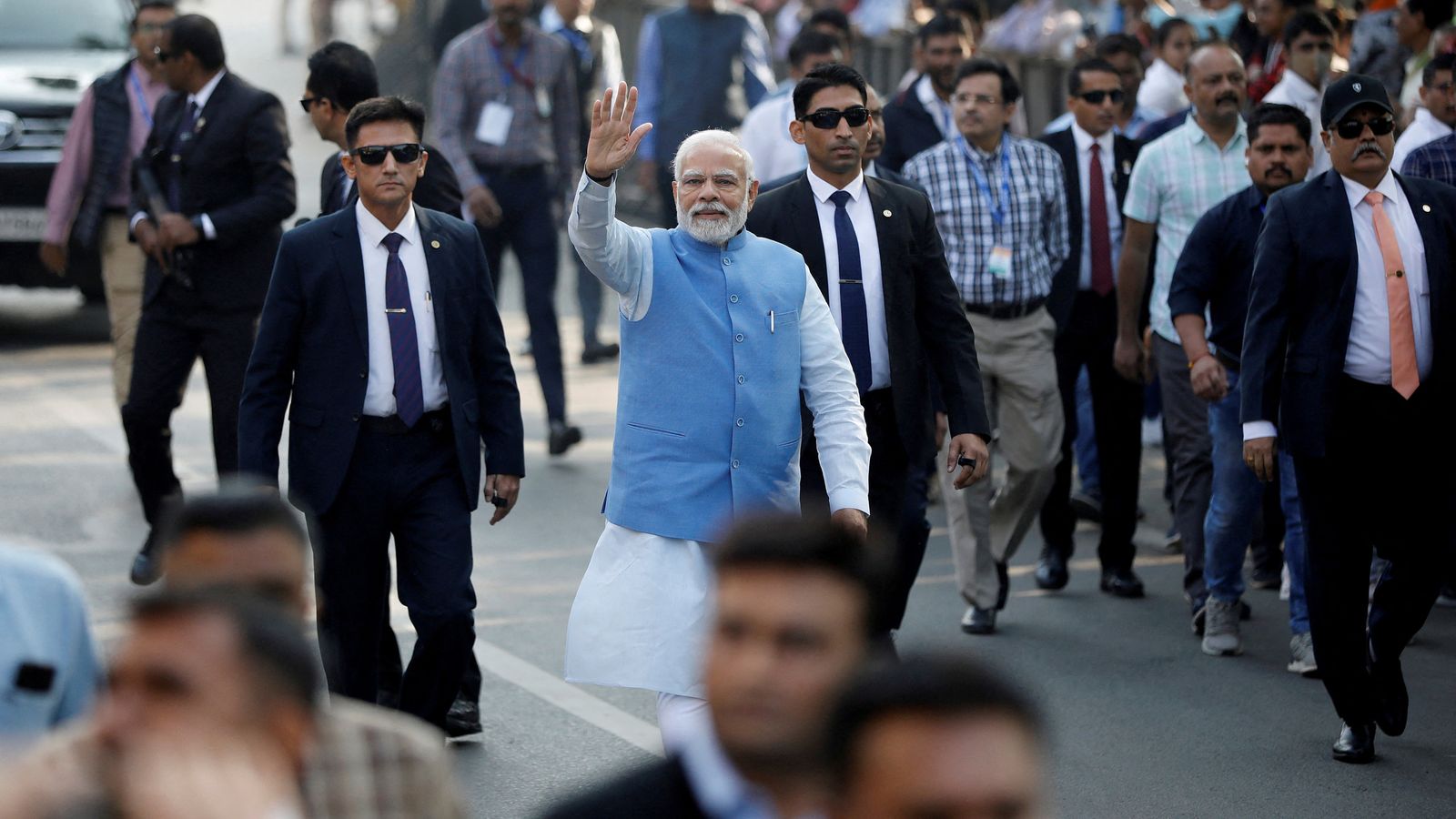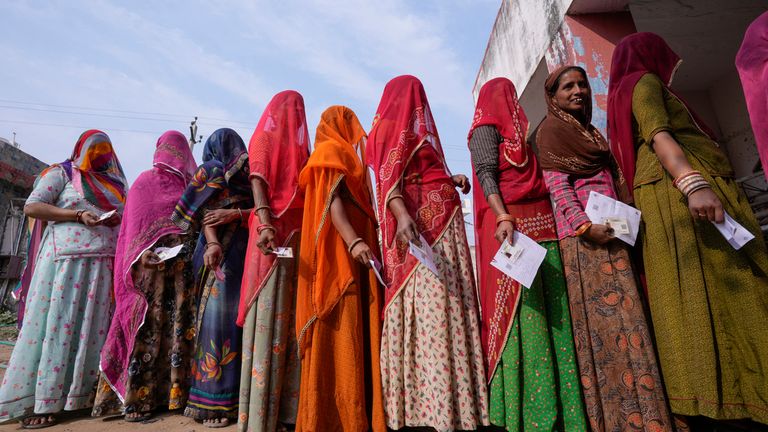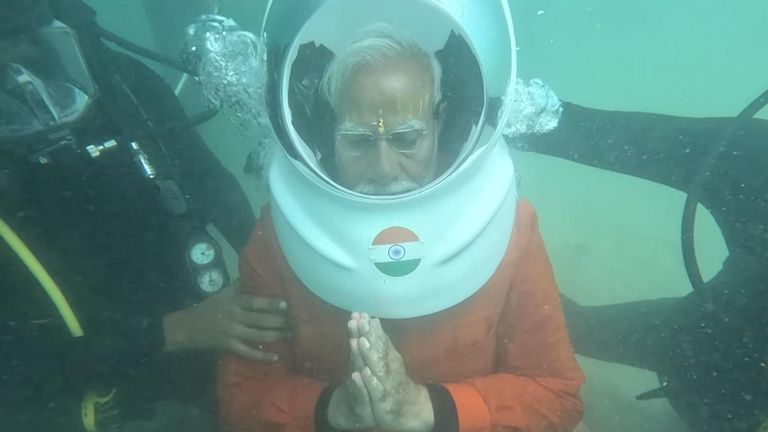India is to elect a new parliament in what is the largest democratic exercise with 970 million registered voters.
The Indian Election Commission said on Saturday that the elections will take place in seven phases from 19 April to 1 June, stretched over 44 days.
The gigantic exercise will be conducted by a 15 million-strong army of polling officials and security personnel.
They will aim to oversee a free and fair election at over a million polling stations with the help of 5.5 million electronic voting machines.
Electoral rules say there must be a polling station within two kilometres (1.2 miles) of every home.
There are 18 million first time voters, while 197 million young people aged between 20 and 29 are eligible to cast a vote.
They are voting to fill the 543 seats of the Lok Sabha (lower house). Any party or coalition would need at least 272 seats to form a government.
The results are expected on 4 June.
Around 25% of the 543 seats, are constitutionally reserved for members from two disadvantaged communities – that is 84 seats for those from scheduled castes, also known as Dalits, and 47 seats for scheduled tribes, or Adivasis.
Although India’s parliament recently passed a new measure to reserve one-third of legislative seats for women, the implementation of this act has been delayed until after 2024.
Meanwhile, Prime Minister Narendra Modi is seeking a third term in office and there are huge indications that his Bharatiya Janata Party (BJP) and its coalition the National Democratic Alliance will win an overwhelming majority.
In 2019, the ruling BJP led by Mr Modi got 37.36% of the votes, effectively achieving the highest vote share by any political party in India since the 1989.
The party won a staggering 303 seats, and with its alliance its strength went up to 353 seats.
The Indian National Congress led by Rahul Gandhi secured 52 seats, with the tally inching up to 98 for the party-led United Progressive Alliance.
Read more from Sky News:
Kim Jong Un rides in limousine gifted by Putin
United Airlines flight missing Boeing plane panel on landing
Israeli hostage families demand ceasefire deal
Loved and loathed politician
Mr Modi is undoubtedly the most popular Indian politician of the 21st century. He is both loved and loathed.
Followers hail him as a transformative leader that has given the majority of Hindus their rightful place. His powerful mix of religious identity, national pride and development has propelled him way ahead of his challengers.
Critics refer to him as an authoritarian polarising politician, representing an Indian variant of fascism and under his rule institutions and traditions of secular India have been vastly eroded.
His rule has also witnessed the stigmatisation of the 14% Muslim population.
Mr Modi’s silence over the many instances of lynching of Muslim men for alleged trading in cow meat or Love Jihad – a theory in which Muslim men are thought to be engaging in a conspiracy to turn Hindu women away from their religion by seducing them – was seen as tacit support to the perpetrators.
An administration that looked the other way when these incidents took place.
Be it local body or national elections, Mr Modi is invoked across the length and breadth of this country and has dominated the political space for over a decade.
This story originally appeared on Skynews



